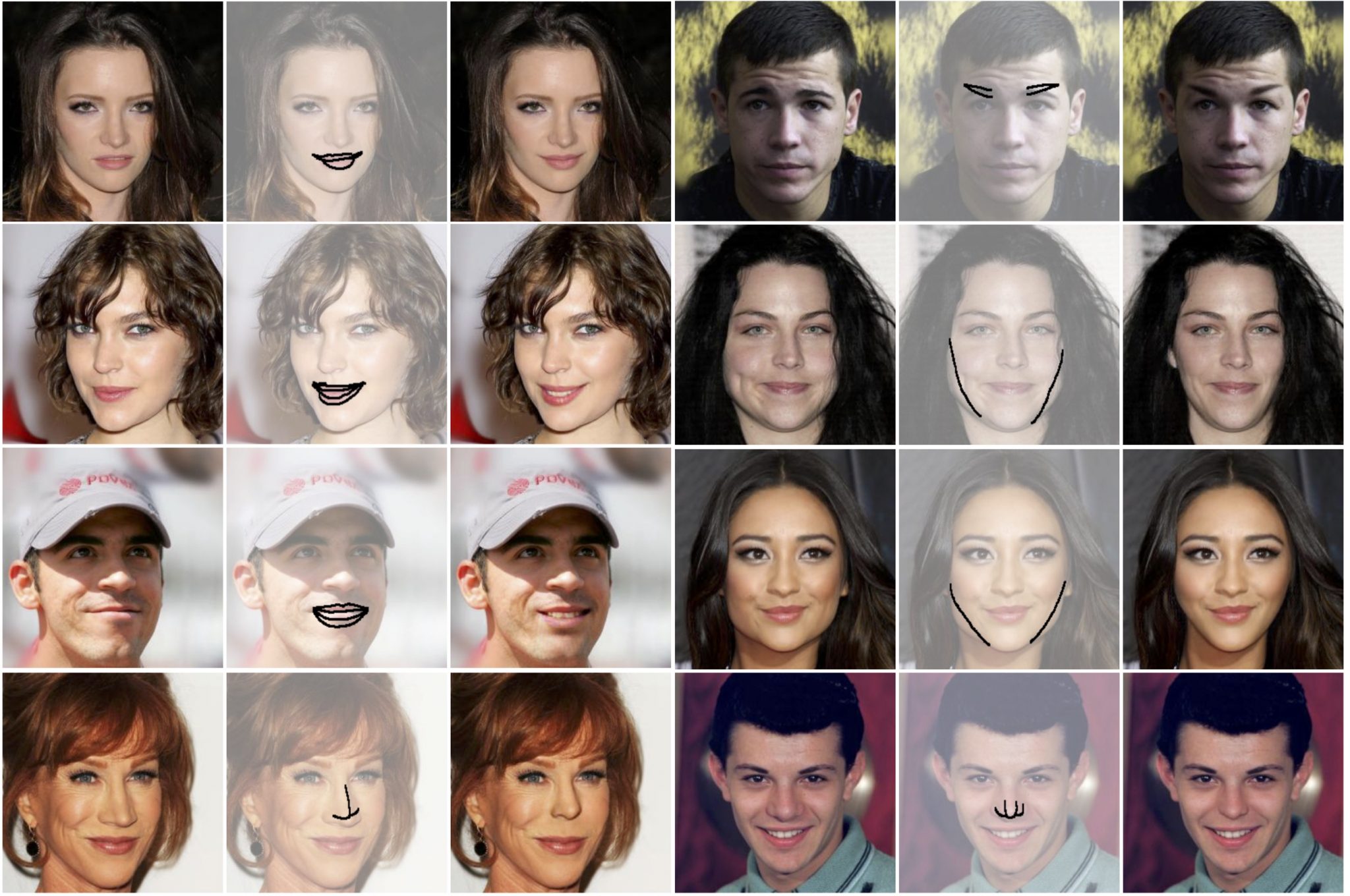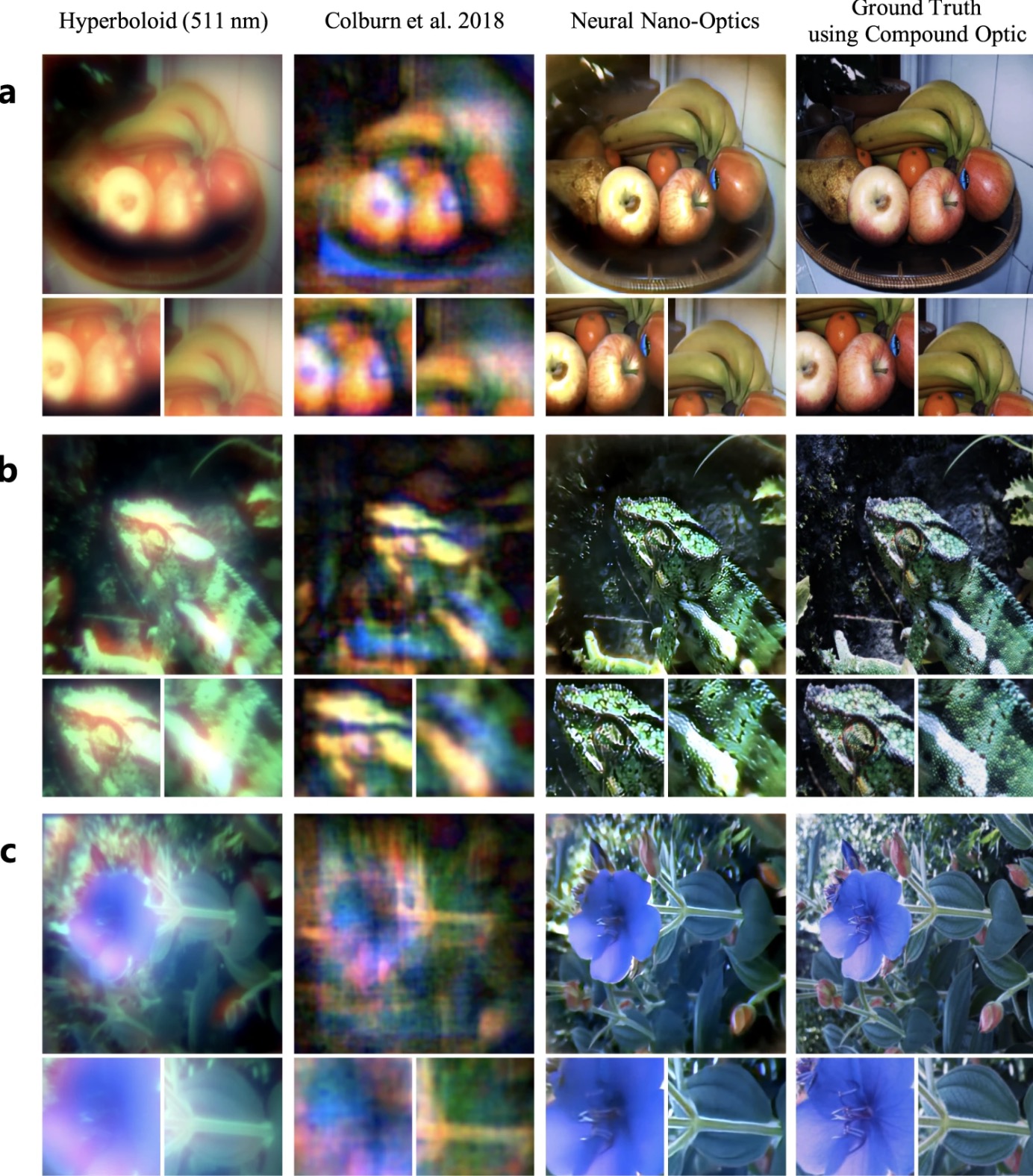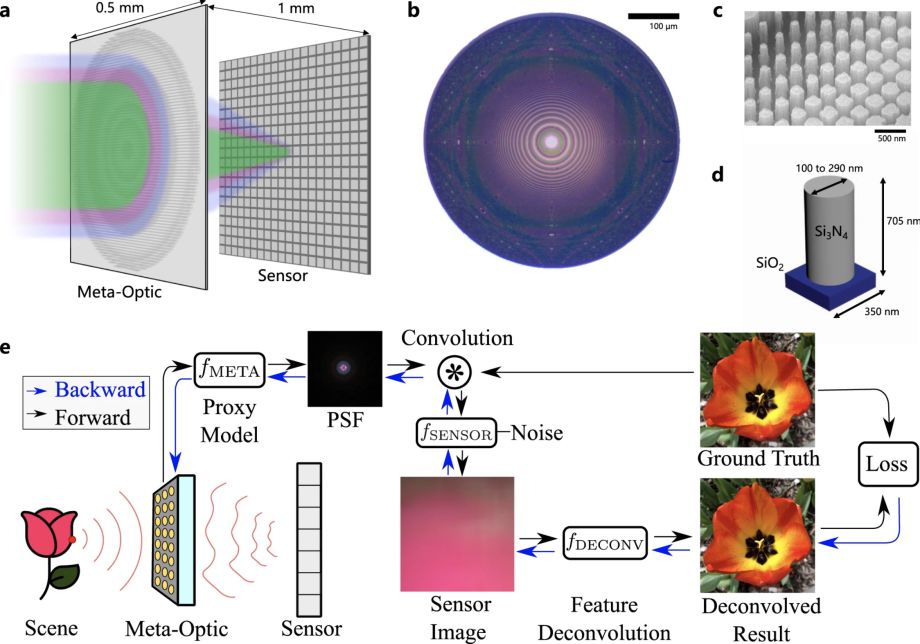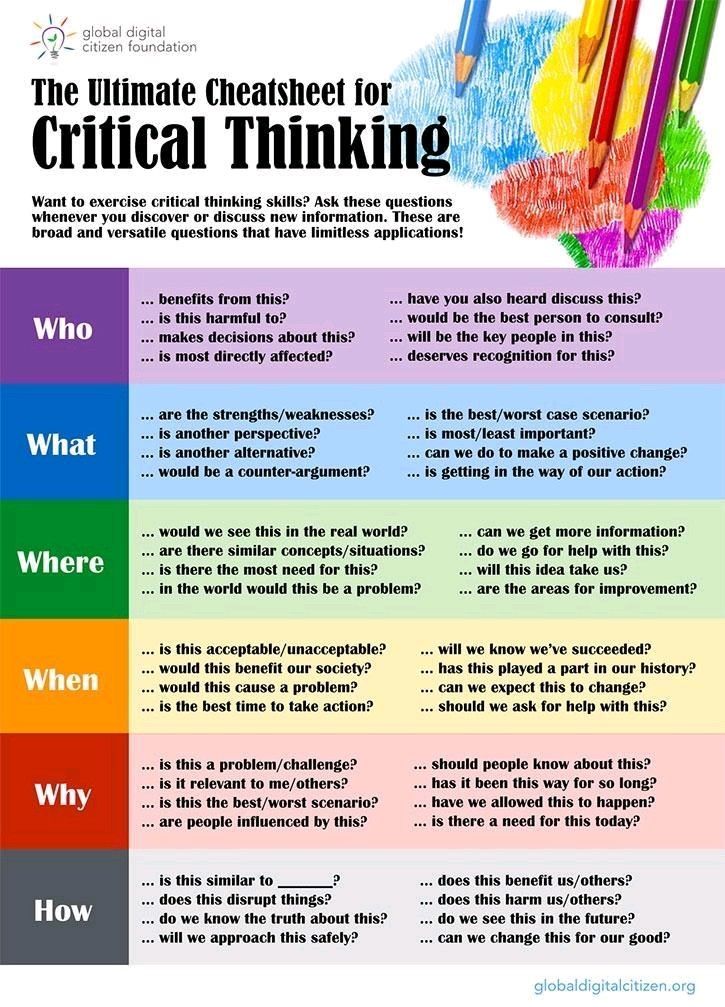Views : 974





3Dprinting (179) A.I. (900) animation (353) blender (217) colour (241) commercials (53) composition (154) cool (368) design (657) Featured (91) hardware (317) IOS (109) jokes (140) lighting (300) modeling (156) music (189) photogrammetry (197) photography (757) production (1308) python (101) quotes (498) reference (317) software (1379) trailers (308) ves (573) VR (221)
POPULAR SEARCHES unreal | pipeline | virtual production | free | learn | photoshop | 360 | macro | google | nvidia | resolution | open source | hdri | real-time | photography basics | nuke
Year: 2021
-
Erik Winquist – The Definitive Weta Digital Guide to IBL hdri capture
www.fxguide.com/fxfeatured/the-definitive-weta-digital-guide-to-ibl
Notes:
- Camera type: full frame with exposure bracketing and an 8mm circular fish eye lens.
- Bracketing: 7 exposures at 2 stops increments.
- Tripod: supporting 120 degrees locked offsets
- Camera angle: should point up 7.5 degrees for better sky or upper dome coverage.
- Camera focus: set and tape locked to manual
- Start shooting looking towards the sun direction with and without the ND3 filter; The other angles will not require the ND3 filter.
- Documenting shooting with a slate (measure distance to slate, day, location, camera info, camera temperature, camera position)
NOTE: The goal is to clean the initial individual brackets before or at merging time as much as possible.
This means:- keeping original shooting metadata
- de-fringing
- removing aberration (through camera lens data or automatically)
- at 32 bit
- in ACEScg (or ACES) wherever possible
-
Open Source OpenVDB Version 9.0.0 Available Now and Introduces GPU Support
First introduced in 2012, nowadays OpenVDB is commonly applied in simulation tools such as Houdini, EmberGen, Blender, and used in feature film production for creating realistic volumetric images. This format, however, lacks the GPUs support and can not be applied in games due to the considerable file size (on average at least a few Gigabytes) and computational effort required to render 3D volumes.
Volumetric data has numerous important applications in computer graphics and VFX production. It’s used for volume rendering, fluid simulation, fracture simulation, modeling with implicit surfaces, etc. However, this data is not so easy to work with. In most cases volumetric data is represented on spatially uniform, regular 3D grids. Although dense regular grids are convenient for several reasons, they have one major drawback – their memory footprint grows cubically with respect to grid resolution.
OpenVDB format, developed by DreamWorksAnimation, partially solves this issue by storing voxel data in a tree-like data structure that allows the creation of sparse volumes. The beauty behind this system is that it completely ignores empty cells, which drastically decreases memory and disk usage, simultaneously making the rendering of volumes much faster.
www.aswf.io/blog/project-update-openvdb-version-9-0-0-available-now-introduces-gpu-support/
github.com/AcademySoftwareFoundation/openvdb/releases/tag/v9.0.0
-
Open source resources for down sampling point cloud meshes
MeshLab
www.heritagedoc.pt/doc/Meshlab_Tutorial_iitd.pdfInstant Meshes
www.blendernation.com/2015/11/16/instant-meshes-a-free-qaud-based-autoretopology-program/github.com/wjakob/instant-meshes
igl.ethz.ch/projects/instant-meshes/
Open3D
www.open3d.org/docs/release/index.html
www.open3d.org/docs/release/tutorial/geometry/pointcloud.htmlPoint Cloud Utils
awesomeopensource.com/project/fwilliams/point-cloud-utilsMathWorks pcdownsample
www.mathworks.com/help/vision/ref/pcdownsample.htmlNot Open Source
Various software
cmacvfx.com/how-to-decimate-lidar-or-photogrammetry/ -
Autodesk announces acquisition of cloud-based animation pipeline software LoUPE from Tangent Labs
adsknews.autodesk.com/news/acquisition-software-from-tangent-labs
Autodesk is acquiring LoUPE, the powerful cloud-based production pipeline technology for artists and studios, and the team that created it.
Tangent Labs founder Jeff Bell will be joining Autodesk with his development team.
-
Peter Jackson Selling Weta Digital’s VFX Tech Division to Unity for $1.625 Billion
https://www.fxguide.com/fxfeatured/unity-weta-deal/
variety.com/2021/digital/news/unity-acquires-weta-digital-1235107544/
Under the deal, Unity is obtaining the Weta Digital suite of VFX tools and technology and its team of 275 engineers, who will join Unity’s Create Solutions division.
Joe Marks, Weta’s chief technology officer, will join Unity as CTO of Weta Digital.
Weta Digital’s VFX and animation teams will continue to exist as a standalone entity, known as WetaFX, which is expected to become Unity’s largest customer in the media and entertainment space. WetaFX, with about 1,700 employees, will remain majority-owned by Jackson and led by CEO Prem Akkaraju. The proposed deal is expected to close before the end of 2021, subject to regulatory approvals.
COLLECTIONS
| Featured AI
| Design And Composition
| Explore posts
POPULAR SEARCHES
unreal | pipeline | virtual production | free | learn | photoshop | 360 | macro | google | nvidia | resolution | open source | hdri | real-time | photography basics | nuke
FEATURED POSTS
-
Types of Film Lights and their efficiency – CRI, Color Temperature and Luminous Efficacy
-
Emmanuel Tsekleves – Writing Research Papers
-
How to paint a boardgame miniatures
-
Steven Stahlberg – Perception and Composition
-
VFX pipeline – Render Wall management topics
-
Methods for creating motion blur in Stop motion
-
Game Development tips
-
ComfyUI FLOAT – A container for FLOAT Generative Motion Latent Flow Matching for Audio-driven Talking Portrait – lip sync
Social Links
DISCLAIMER – Links and images on this website may be protected by the respective owners’ copyright. All data submitted by users through this site shall be treated as freely available to share.








